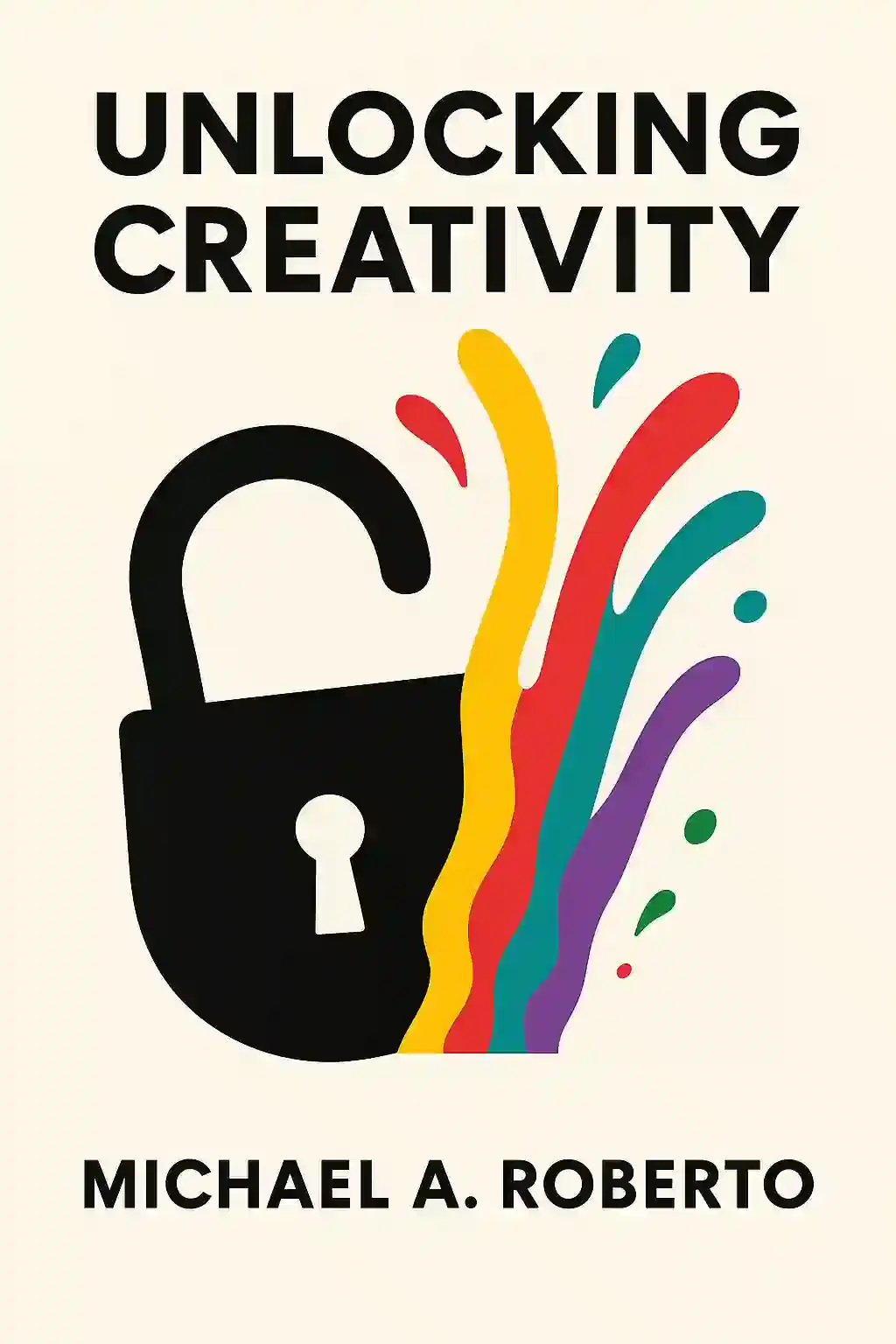What is
Creativity, Inc. about?
Creativity, Inc. explores how to build and sustain a culture of innovation, drawing on Ed Catmull’s journey as Pixar’s co-founder. It combines memoir with leadership insights, detailing Pixar’s milestones (like Toy Story’s creation) and practices to overcome creative barriers, such as fostering trust, embracing failure, and maintaining open communication. The book emphasizes that creativity thrives in environments prioritizing people over ideas.
Ed Catmull is a computer scientist, Pixar co-founder, and former president of Pixar and Disney Animation. His pioneering work in CGI revolutionized animation, and his leadership transformed Pixar into a model for creative collaboration. Catmull’s career blends technical innovation with management philosophy, making him a unique voice on nurturing creativity.
Who should read
Creativity, Inc.?
Leaders, managers, and creatives in any industry will gain actionable insights from this book. It’s particularly valuable for those seeking to build resilient teams, foster innovation, or navigate organizational growth. Entrepreneurs and Disney/Pixar enthusiasts also benefit from behind-the-scenes stories of iconic films like Toy Story.
Is
Creativity, Inc. worth reading?
Yes—it’s a New York Times bestseller praised for blending practical leadership advice with Pixar’s history. Catmull’s lessons on mitigating creative barriers, embracing failure, and sustaining culture are universally applicable. Readers gain frameworks for problem-solving and team-building, backed by real-world examples from Pixar’s success.
What are the main ideas in
Creativity, Inc.?
Key ideas include:
- Team over ideas: A mediocre idea with a brilliant team succeeds more than the reverse.
- Fearless iteration: Failure is an investment; early feedback prevents costly flaws.
- Transparent communication: Daily feedback sessions (“Dailies”) and postmortems uncover hidden issues.
- Sustainable culture: Protect creativity by addressing unseen barriers like ego or hierarchy.
How does
Creativity, Inc. redefine failure?
Catmull argues failure is essential for innovation. Fear of it stifles risk-taking, so Pixar normalized sharing unfinished work early. For example, Toy Story’s flawed first draft was improved through iterative feedback, not perfectionism. Catmull urges leaders to view failures as learning steps, not setbacks.
What leadership lessons does Ed Catmull share?
- Hire smarter teams: Prioritize humility and chemistry over individual brilliance.
- Empower candor: Use tools like “Braintrust” meetings for honest project critiques.
- Balance autonomy with oversight: After Disney acquired Pixar, Catmull preserved its culture while revitalizing Disney Animation.
How does
Creativity, Inc. address workplace hierarchy?
Pixar flattened hierarchies to encourage idea-sharing. For example, junior staff could critique senior leaders in feedback sessions. Catmull warns that titles shouldn’t dictate whose input matters—a principle key to maintaining Pixar’s creative edge.
What is the “Braintrust” framework?
The Braintrust is Pixar’s core feedback group: trusted peers who review projects candidly during development. Unlike traditional top-down feedback, it focuses on problem-solving, not mandates. This approach ensured films like Toy Story evolved through collective insight, not executive decree.
How does
Creativity, Inc. relate to modern workplaces?
Its lessons on remote collaboration, psychological safety, and adaptive leadership align with 2025 trends like hybrid work and AI-driven creativity. Catmull’s emphasis on continuous learning and experimentation remains relevant for navigating rapid technological change.
What criticisms exist about
Creativity, Inc.?
Some argue Catmull downplays Pixar’s struggles post-Disney acquisition or Steve Jobs’ abrasive leadership style. Others note the book’s insights may be less applicable outside creative industries. However, most praise its actionable strategies for fostering innovation.
How does
Creativity, Inc. compare to other leadership books?
Unlike theoretical guides, it combines memoir with practical tactics, similar to Steve Jobs by Walter Isaacson. It’s more culture-focused than Lean In (Sheryl Sandberg) and less prescriptive than Atomic Habits (James Clear), making it ideal for leaders valuing storytelling and real-world examples.




















